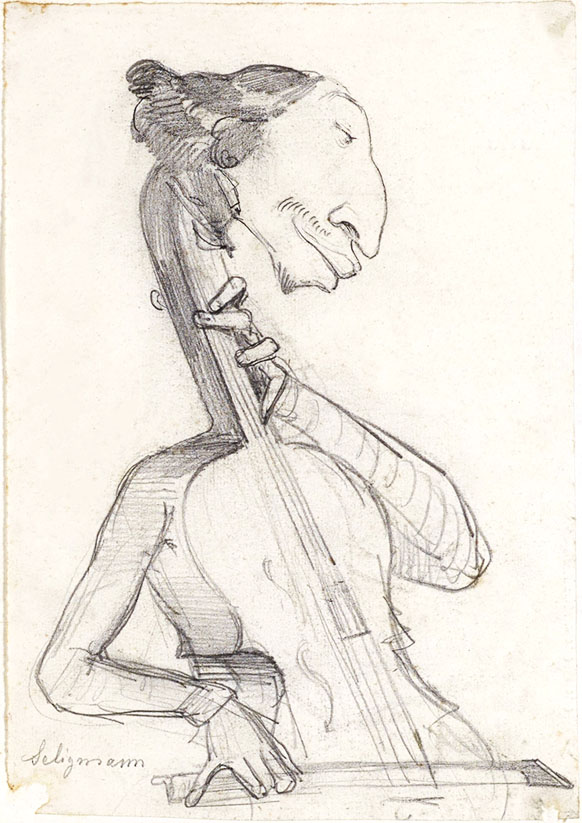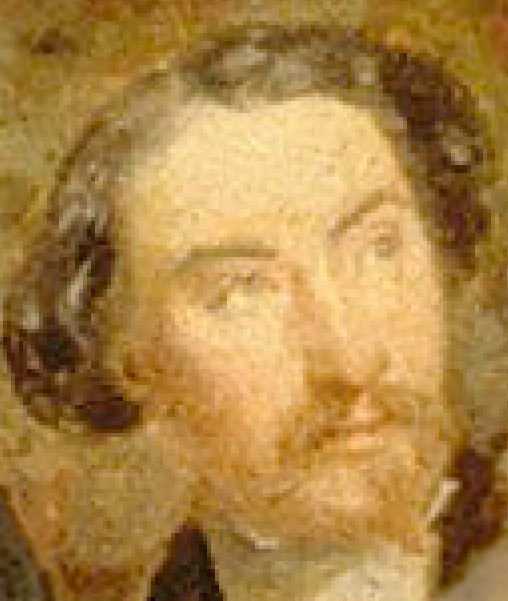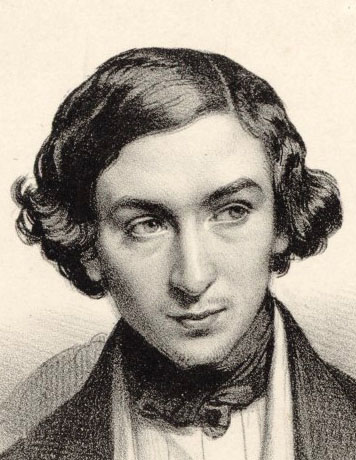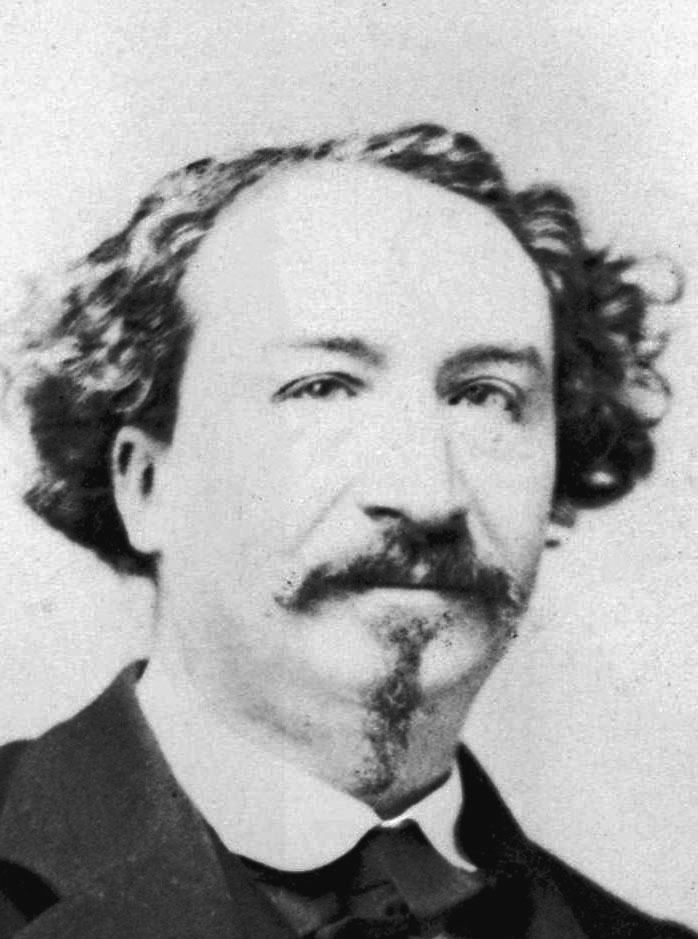Hippolyte Prosper Séligmann (1817 – 1882), cellist
1st image: Biard; 2nd: litho Alophe (1841); 3rd: photo Desmaisons (c.1858). (Alternative: Scheffer)
Prosper Séligmann performed several times at de Nieuwerkerke's16 vendredi-soirées: from January 17, 1851 onwards. Conservator Viel-Castel43 mentions him in an overview of the soirées in January 1854.

He was a child-prodigy and was applauded for his brilliant cello playing. Séligmann could have his cello ’sing and cry’. His instrument was ‘La Josephine’, a cello probably made by Nicoló Amati family around 1680. Winning first price at the Conservatory at the age of fourteen set him on a career path as professional musician.
He studied the instrument with Norbin, and composition with Halévy19 and Thalberg. Of his one-hundred compositions, which includes dedications to Halévy and Auber56, only one recording exists of a trio for piano, violin, and cello: Mira, la bianca luna. He frequently played it with the eminent violinist Alard15. According to the press, it brought "an atmosphere of a beautiful evening view from a Castillian balcony."
In the 1840s and 1850s, he extensively toured Western Europe as well as North-West Africa, which he reflected in his albums de voyage. He combined ancient 'Barbary’ Arabic music, such as for the balafon, with popular French music styles in his op. 60: Album d’Algerie. On Friday, January 20th in 1854, he performed in Amsterdam.
Despite his German name, Séligmnann was born in Paris from French parents. He was so upset about his arrest in 1870, amidst the chaos of the Franch-Prussian war, and was held in custody for several hours because of his name, that he published letters in the press about the injustice he suffered.
The latter days of his life he often spent on the French Rivièra, and regularly wrote a chronicle from Nice for Le Mémorial Diplomatique with local music and gossip news.


